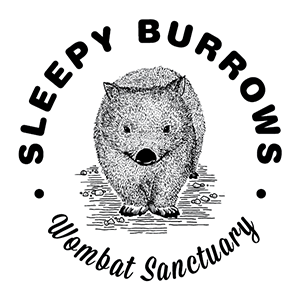Sleepy Burrows is on a mission!
Sleepy Burrows Wombat Sanctuary is on a mission to save Australia’s wombats, but needs your help.
The beloved native wombat – one of Australia’s most iconic marsupials – is under serious threat from loss of habitat, mange (a deadly skin disease) and humans (believe it or not).
With your support, Sleepy Burrows can continue to make a difference.
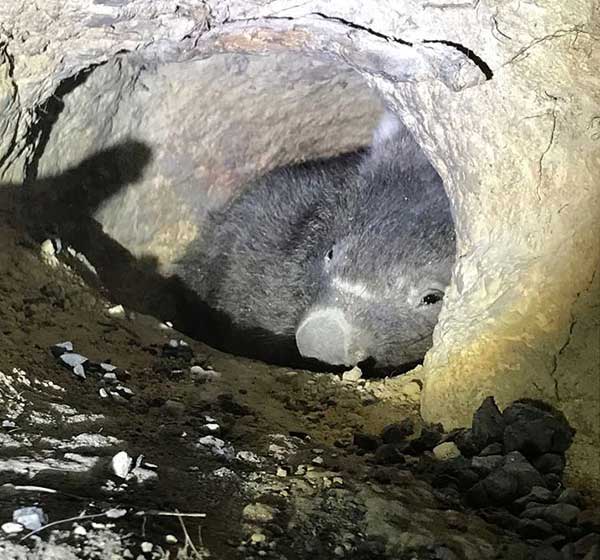
Sleepy Burrows Wombat Sanctuary is situated near Gundaroo – some 35-kilometres northeast of Canberra.
The sanctuary is home to a lovable bunch of sick, injured, illegal pet and orphaned wombats undergoing rehabilitation.
The wombats – boasting names like Digger, Daphne and VB – are nursed to full health and retaught how to survive in the wild (prior to release).
No wombat is released without the necessary skills to survive in the bush.
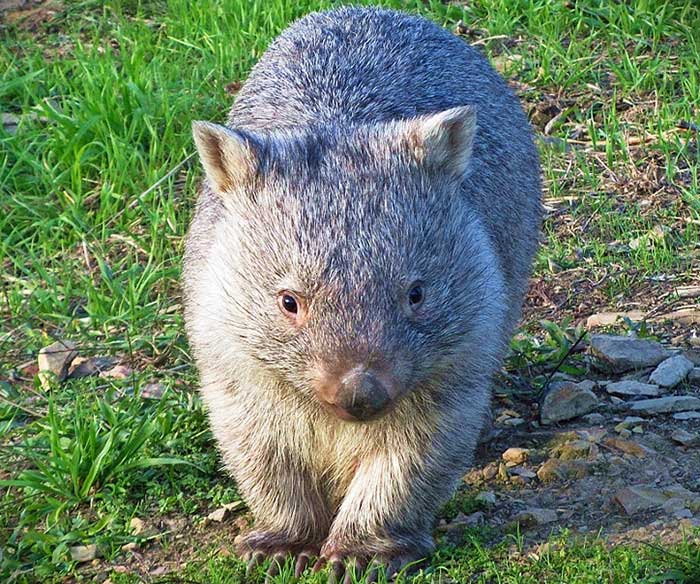
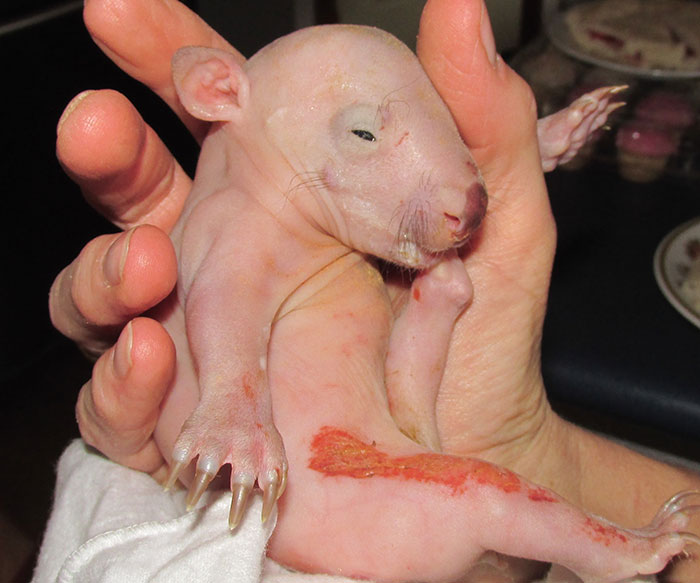
The team at Sleepy Burrows is led by the energetic and passionate Donna Stepan – recipient of the Order of Australia medal (OAM) for service to animal welfare (June 2017).
Donna and the team work tirelessly (7 days a week) to ensure the wombats are properly cared for.
The team also conducts public education campaigns and hosts educational visits to the sanctuary.
Current statistics
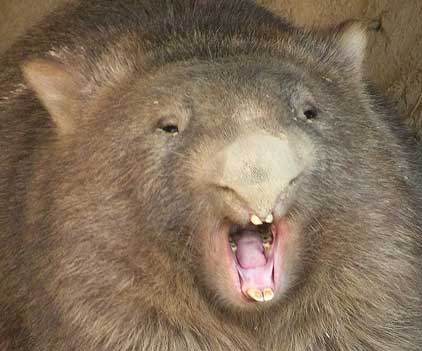
Wombats in care and wild at the sanctuary
This figure represents wombats at the sanctuary and in the surrounding area
Wombats awaiting care
Dangers of being a Wombat
Although adult wombats look tough (burly appearance, solitary nature), they’re actually shy animals that face a few challenges in life.
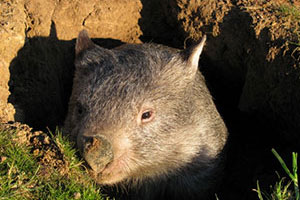
Loss of habitat
The Bare Nosed wombat (Vombatus ursinus) lives predominantly in southeastern Australia and Tasmania. Its natural habitat is under serious threat from urbanisation, particularly in areas close to Australia’s fastest-growing cities (Sydney, Brisbane and Melbourne).
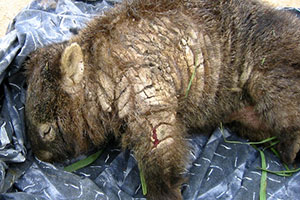
Mange
Mange is a deadly skin disease caused by the parasitic mite (Sarcoptes scabiei). Wombats are highly prone to mange, as mites love cool, humid environments (like wombat burrows). Mange is highly contagious and we believe will be the demise of this species in the very near future if this epidemic is not taken seriously.
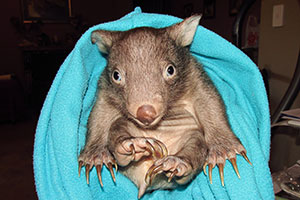
Wombat pet ownership
Sadly, many pet wombats are discarded (orphaned) and dumped into the wild by their former owners. Lacking the necessary survival skills, these wombats die a horrific death (sadly at the hand of humans).
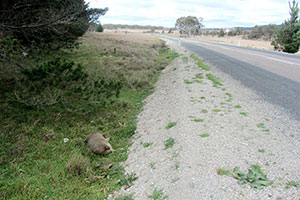
Motor vehicles
Wombats run the risk of being injured or killed by motor vehicles at night. It’s not unusual for a female wombat to have a joey (baby wombat) in its pouch. In winter, wombats can be out at any time of the day or night due to the cooler temperatures, because wombats can’t sweat. The fatality rate is therefore a lot higher in the winter months.
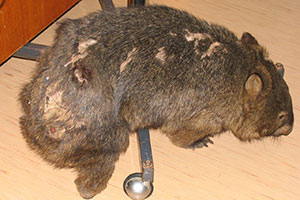
Wild dogs, pigs and foxes
Feral animals are having a large impact on wild wombats. Wild dogs, pigs and foxes do attack wombats, particularly wombat joeys. A wombat’s defence is futile against a pack of dogs or pigs. WE have a continual feral control program at the sanctuary and assist landowners with this as well.
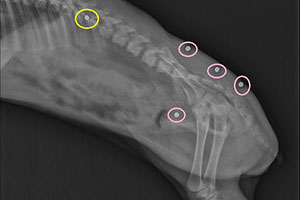
Illegal shooters
While many shooters are responsible and correctly licenced, there are a minority who kill or maim wombats for sport. In most parts of Australia, it’s illegal to kill wombats without a permit.
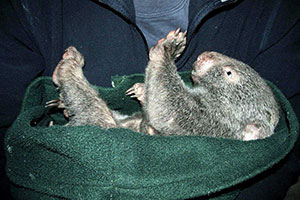
Other maladies
Besides mange, wombats are susceptible to diseases found in grazing stock, such as liver fluke and leptospirosis. Pet wombats are also at risk of toxoplasmosis, which is typically found in cat faeces. Pneumonia is a natural killer of wombats in nature and is quite prevalent in wombats coming into care in the colder months.
